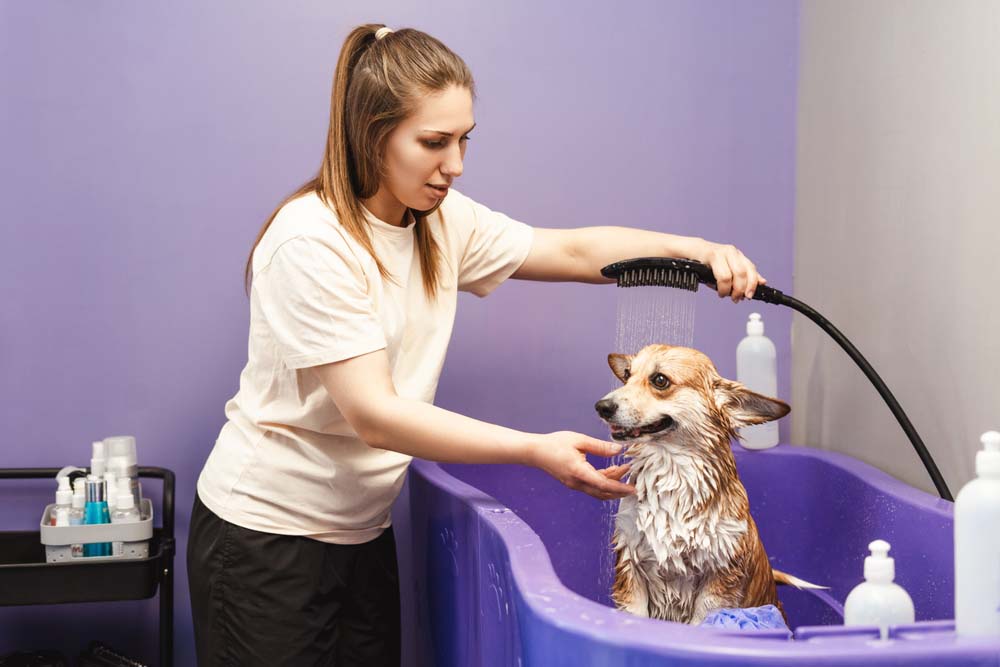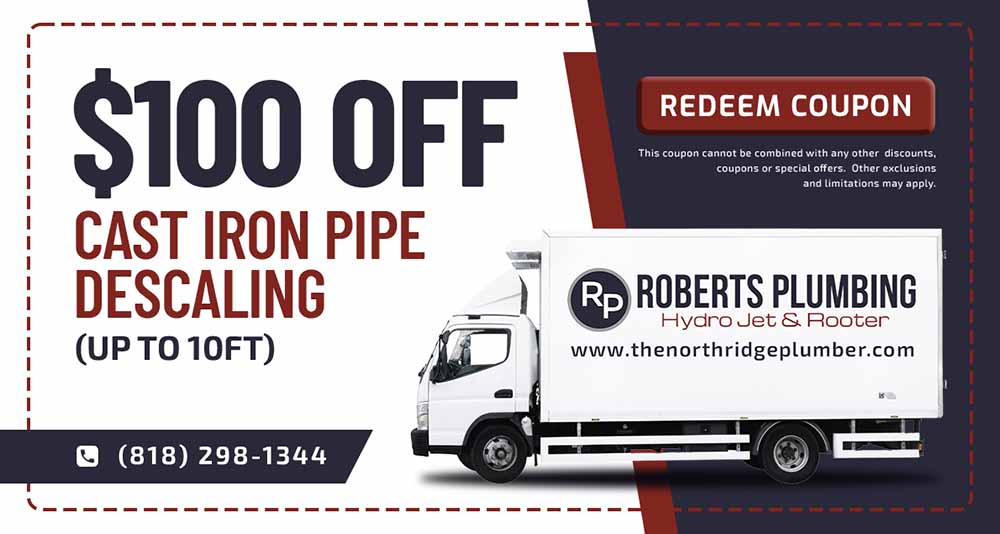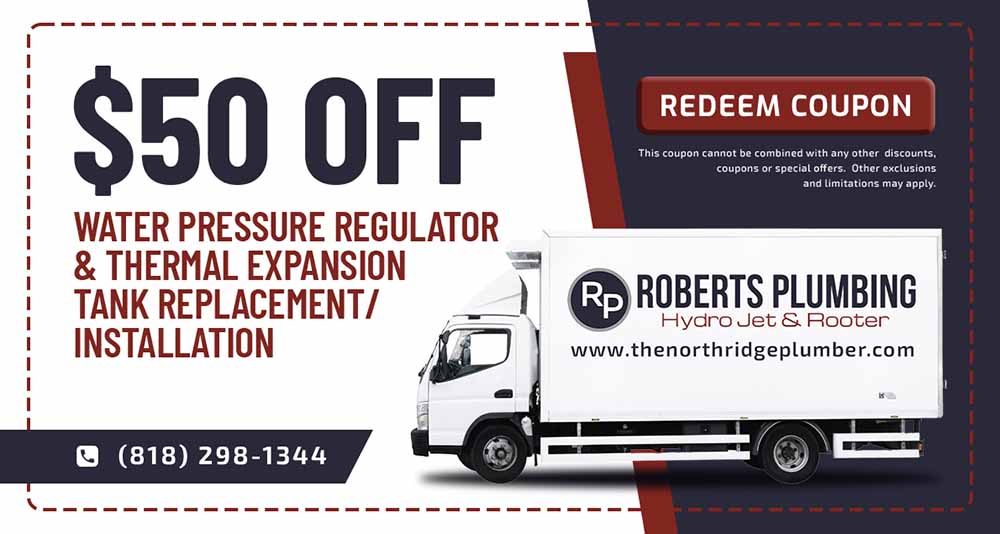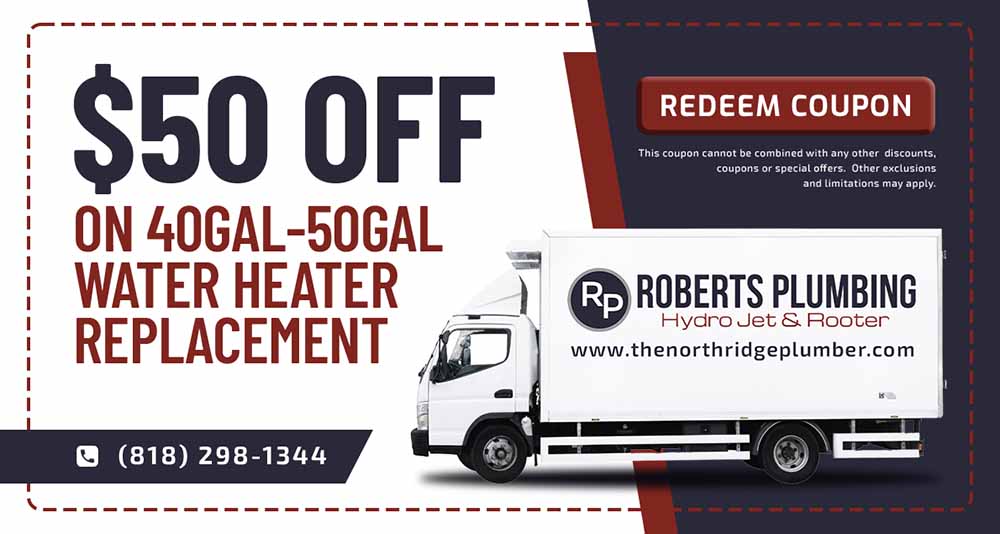Top Mistakes Pet Owners Make That Lead to Drain Problems

Pets are no doubt part of the family, capable of being a source of love, joy, and a sense of companionship. But did you know they can also be a potential source of plumbing problems? Don’t get us wrong, we’re not blaming your furry friends! Instead, many pet owners don’t realize that caring for them can unintentionally create problems for their plumbing system, especially the drains. As the go-to local plumber in Woodland Hills, CA, Roberts Plumbing Hydro Jet & Rooter outlines a few small habits and practices that pet owners should be mindful of to avoid drain problems in their homes.
Washing Pet Hair Down the Drains
One of the most common issues comes from washing your pet in the bathtub or sink. Pet hair can easily accumulate and block your pipes over time. While human hair can also cause similar problems, pet hair often tends to get tangled and matted together, making it more difficult to remove. This can lead to slow-draining water, backups, and potentially costly repairs.
How to Avoid It: Use a drain strainer or hair catcher when bathing your pet to keep hair from entering the pipes. After each bath, clean the strainer thoroughly and discard the trapped hair. If a clog does occur, try to address it early with a plumber-recommended drain cleaner or by calling professional plumbing services before it worsens.
Flushing Pet Waste and Litter
Another mistake some pet owners make is flushing pet waste or litter down the toilet. Cat litter, in particular, is designed to clump when wet, making it a severe risk to your plumbing. Even flushable litter, which may seem like a convenient option, can still cause issues as it doesn’t break down quickly enough and can clog pipes. Not to mention, pet waste can introduce harmful bacteria and pathogens into your home’s plumbing. Looking at the bigger picture, flushed pet waste can also harm the environment by potentially contaminating water sources if not treated properly.
How to Avoid It: Always dispose of pet waste and litter in the trash. Consider using biodegradable bags for easy disposal, or look into environmentally friendly methods, such as composting where appropriate.
Letting Pets Dig Near Pipes
Pets that love to dig can accidentally damage underground plumbing systems. This is particularly true for large dogs or outdoor animals that have access to your yard’s garden or lawn. Digging can weaken or crack pipes, especially those near the surface. Once a pipe is damaged, it can lead to leaks, clogs, or worse—costly sewer line fixes and plumbing repairs.
How to Avoid It: Keep an eye on your pets when they are outside and try to redirect their attention away from digging in areas where plumbing lies. Consider consulting your plumbing company to identify and mark where your underground pipes are located so you can avoid potential damage.
Washing Pet Food Down the Drain
It may seem harmless to rinse your pet’s food bowl and let a little leftover food go down the drain, but we advise against it. Pet food, especially dry kibble, can easily swell when wet and create blockages in your pipes. Additionally, the oils and fats present in pet food can coat the inside of your pipes over time and attract other debris, leading to clogs.
How to Avoid It: Always scrape leftover food into the trash before washing your pet’s bowl. Even small particles can add up and cause issues, so it is best to avoid letting them enter your drains altogether.
Maintain the Functionality of Your Drains through Our Expert Assistance
At Roberts Plumbing Hydro Jet & Rooter, we understand that you want to provide the best care for your pets while also maintaining the health of your plumbing. That’s why our team is here to help with any drain issues, whether caused by pet-related habits or other factors. We offer effective and safe solutions that can keep your drains running smoothly, so you can continue to enjoy the company of your furry companions worry-free.
Contact us today or fill out our online form to request a service visit.




